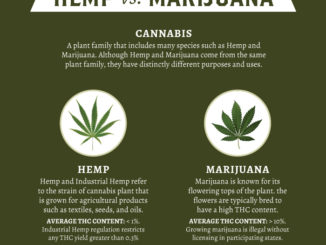This is the first of a three-part series about the contextual influences modern society has on mood disorders and addictions, 2) the risks of buy-in, and 3) the possibility of soul renewal via (but not limited to)therapeutic cannabis use.
Part I: The Addictive System
“We live in a society bloated with data yet starved for wisdom. We’re connected 24/7, yet anxiety, fear, depression and loneliness is at an all-time high. We must course-correct.” ~Elizabeth Kapu’uwailani Lindsey
The “addictive system” (1) is the elephant in the living room. Mood disorders and addictions, like everything else, do not occur in a vacuum. Yet we tend to miss the overarching societal ‘space’ when only focused on individual issues, like depression and anxiety or opioid and social-media addictions.
What exactly is this context?
It is an invisible psychological environment, the backdrop within which people are unwittingly succumbing to addiction or suffering mood disorders. The rise in antidepressant prescriptions and the number of suicides profile the growing dark side of modern society.
It is a complex, interconnected web of public (government) and private corporations, aligned with the media in the marketing and advertising of information, products and services 24/7: a surround-sound cacophony of targeted messaging designed to shape both public opinion and an ever-stronger consumer mindset.
Some call it propaganda.
Intangible, psychological concepts are applied to marketing and sales, ones that supposedly drive all humans: the perceived need for: social status, safety, winning, the right image, having the best, looking good, gaining an edge, keeping up with your neighbor, excellence, being the first, etc. Advertising messages then weave-in the promise of helping the ‘consumer’ achieve one or another of these intangible goals when they purchase their information, product and/or service. The ubiquity of these messages in modern society have become normalized and even welcomed.
How did we get here?
Edward Bernays, in early to mid-20th century, is most likely the person who set the bar for public relations and advertising in the U.S. He was the nephew to the well-known psychiatrist, Sigmund Freud, and like his uncle before him, Bernays believed in the predictability of the human unconscious when it came to the human and psychological motivations of self-preservation, security, aggression and sex.
He transferred what he learned from his uncle to help launch his career in public relations and became wildly successful. Due to his efforts on behalf of the pork industry in 1915, bacon became a mainstay of the traditional breakfast. In the 1920’s he make smoking fashionable for women by calling cigarettes “torches of freedom” to advance the tobacco industry, and established fluoride as indispensable to dentistry in the 1930’s (a waste product of aluminum) for his client, Alcoa Aluminum. (2)
Watch this video that says it all: Be Inspired
Stay tuned for Part II: Buy-in to the Addictive System at Your Own Risk
- Anne Wilson Schaef. When Society Becomes an Addict. Harper and Row, Publishers Inc. 1987
- en.wikipedia.org/wiki/Public_relations_campaigns_of_Edward_Bernays
Proudly WWW.PONIREVO.COM
by Susan Boskey



